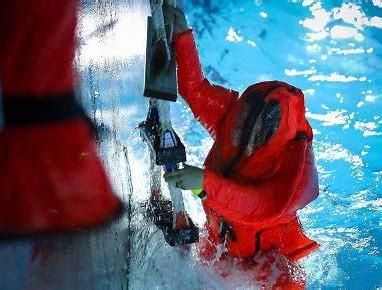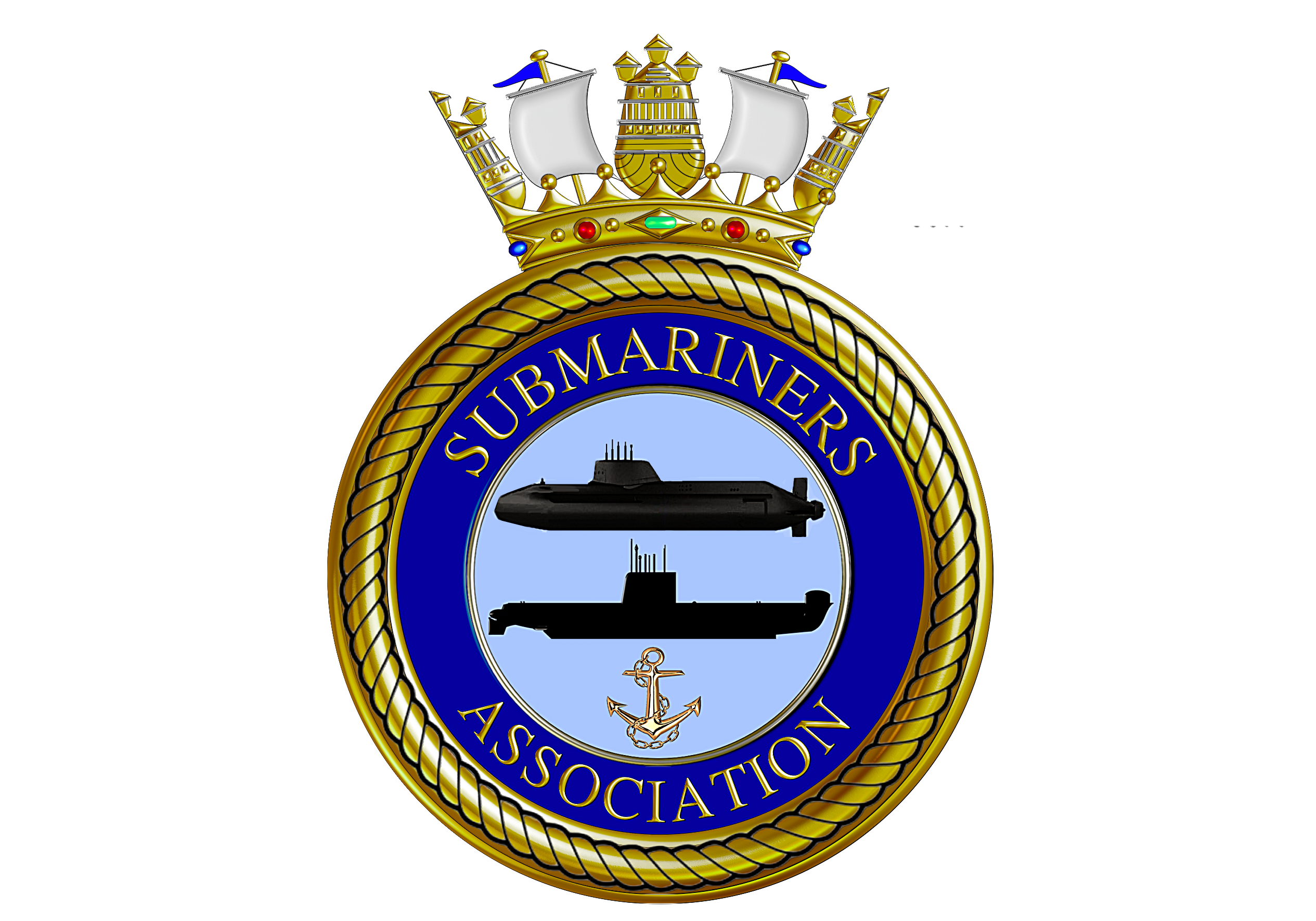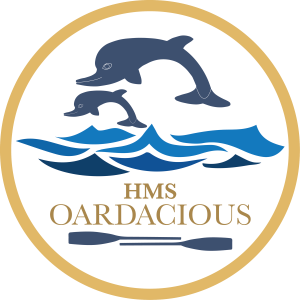CHIEF INSPECTOR of Ofsted, Amanda Spielman, recently visited HM Naval Base Clyde’s Submarine Escape, Rescue, Abandonment and Survival (SMERAS) facility where she reinforced family links with the Royal Navy Submarine Service.
Amanda Spielman has held the post of Ofsted Chief Inspector since 2017, overseeing Ofsted’s inspection and regulation of thousands of organisations which provide education and training to young people.
On September 22 she was at the Home of the UK Submarine Service where members of the Royal Navy’s Fleet Operational Sea Training (FOST) showed her around the state-of-the-art SMERAS facility which helps train the country’s Submariners.
“It was fantastic to be able to welcome His Majesty’s Chief Inspector of Ofsted, not only to demonstrate the capabilities of the SMERAS facility, but also to provide an insight into how we train our Submariners,” said Commander Gareth Batsford, Officer-in-Charge of the SMERAS facility.
“We were excited to learn that Amanda Spielman has links to the Submarine Service through her grandfather who served with the Wartime submarine HMS Thames. While she was visiting, we took the opportunity to present her with a set of Submarine Dolphins and a framed picture of her grandfather’s vessel.”
HMS Thames was an ocean-going River Class submarine, launched in 1932 and which served in the Mediterranean before transferring back to the UK in 1940. Part of the 9th Submarine Flotilla, based in Dundee, she patrolled in the North Sea and was involved in the sinking of German Torpedo Boat, Luchs.
Onboard was Lieutenant Commander Brian Eoghan O’Brien, a Royal Navy Engineer and Amanda Spielman’s grandfather. On August 3, 1940, HMS Thames was tragically lost with all hands off the coast of Norway. It is thought that the boat struck an enemy mine.
Today the vessel and crew are commemorated at both the Dundee International Submarine Memorial and the Royal Navy Submarine Museum in Gosport, Portsmouth.
“My visit to HM Naval Base Clyde was fascinating and gave me real insight into the thoroughness with which Submariners are trained,” said Amanda Spielman.
“I was deeply touched to be presented with a photograph of my grandfather on the submarine in which he died, and with a set of Submarine Dolphins.”
The Submarine Escape, Rescue, Abandonment and Survival facility was opened by Commodore-in-Chief of the Submarine Service, HRH Prince William, in June 2021. Also known as “Thetis Building” SMERAS trains hundreds of Submariners each year in how to safely escape a stricken submarine.
In 2019, HM Naval Base Clyde was singled-out for praise by Ofsted after a team of inspectors visited the Clyde. They assessed the provision of care and welfare of the Submariner trainees by FOST as “outstanding”.
SMERAS features a realistic simulator which can replicate several weather conditions and sea states, and where naval personnel can practice leaving a submarine at sea in escape suits before reaching the relative safety of a life raft.
Almost 3,000 Submariners have been trained through SMERAS so far this year.
The facility is for both those training to become a qualified Submariner and those who have already earned their Dolphins and who require requalification.
Original story here (3) HM Naval Base Clyde | Helensburgh | Facebook







